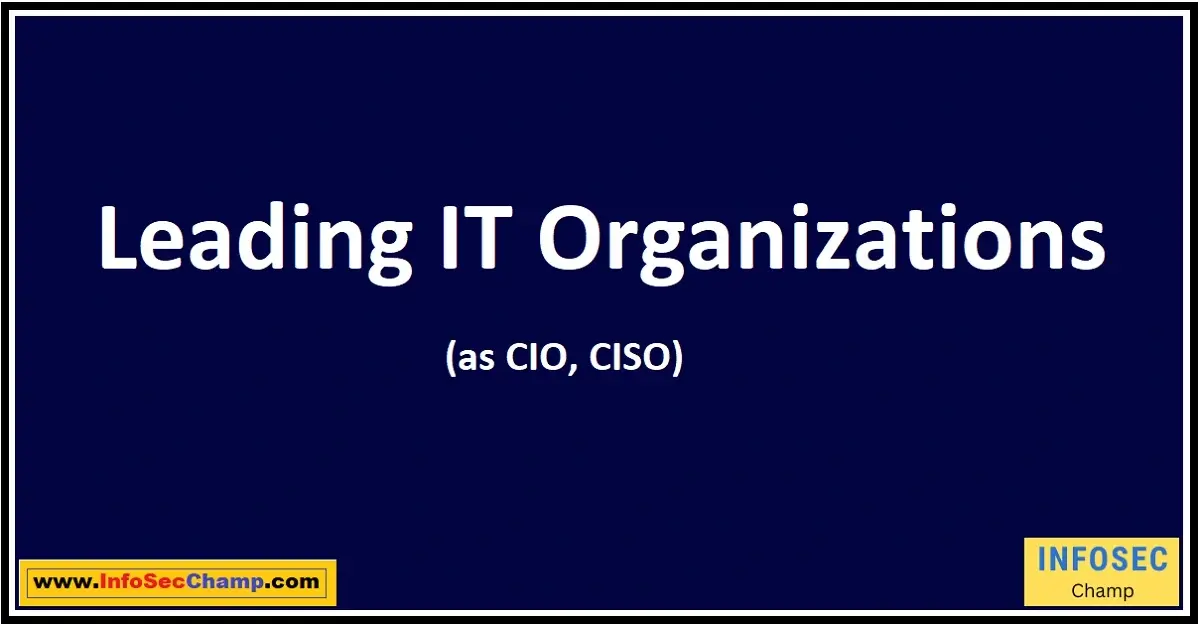Learn about the key areas of focus that Leading IT Organizations use to succeed in the fast-evolving digital environment of today. IT teams must adapt and change to stay on top of the curve as organizations face unheard-of issues.
In this essay, we go deeper into the tactics and goals that distinguish the top IT businesses from the competition. Learn how your firm may prosper and stay competitive in the digital world with the support of a strong IT strategy, digital transformation, IT leadership, innovation, and infrastructure.
IT Strategy: Crafting a Winning Plan
Leading IT firms need a strong IT strategy to promote company expansion and keep their competitive edge. In addition to addressing the business’s technology demands and offering a path for digital transformation, a well-designed IT strategy is in line with the broader goals of the organization. It supports IT leaders in setting priorities for resources, investments, and projects while ensuring that the company remains at the forefront of technology.
Leading IT organizations may promote innovation and add value to their companies by concentrating on IT strategy. In order to do this, emerging technologies must be identified, their potential effects evaluated, and then they must be included in the organization’s long-term objectives. A solid IT strategy will assist firms in remaining nimble and adapting to new possibilities and problems as the digital era continues to develop.
Digital Transformation: Adapting to the Evolving Business Landscape | Leading IT Organizations
Leading IT organizations place a high priority on digital transformation because it enables them to use new technology to enhance customer experiences, streamline business processes, and open up new revenue sources. IT organizations may become more flexible, effective, and customer-focused by embracing digital transformation.
The most successful IT companies are aware that digital transformation is a continual process that calls for constant innovation and adaptation. IT leaders can drive change and make sure that their organizations stay competitive in the quickly changing business landscape by investing in digital technology and developing an innovation culture.
IT Leadership: Building a Strong Team for Success
Leading IT organizations require strong IT leadership since it establishes the direction and ensures that the IT strategy is successfully implemented. Strong IT leadership promotes creativity, encourages teamwork, and equips teams to use technology to address challenging business problems.
Leading IT companies put a strong emphasis on encouraging open communication and teamwork among team members, as well as creating a culture of ongoing learning and improvement. IT managers also make an investment in the professional growth of their staff by giving them training and chances to broaden their knowledge and abilities. Organizations may succeed more and stay competitive in the digital age by fostering IT leadership.
Innovation and IT Infrastructure: The Backbone of Top IT Organizations
The foundation of top IT firms is innovation and IT infrastructure, which enables them to remain competitive and deliver cutting-edge solutions. Leading IT companies make investments in scalable, contemporary IT infrastructure that takes advantage of artificial intelligence, cloud computing, data analytics, and other cutting-edge technology to develop new business models and boost operational effectiveness.
Leading IT companies may keep ahead of trends and take advantage of new opportunities by cultivating an innovative culture. This calls for fostering an atmosphere where workers are encouraged to experiment, take calculated risks, and learn from mistakes. In the digital era, firms may maintain their competitive edge and spur growth by putting a strong emphasis on innovation and IT infrastructure.
Conclusion:
Leading IT businesses must focus on important areas including IT strategy, digital transformation, IT leadership, innovation, and IT infrastructure in order to stay ahead of the curve in today’s fast-paced digital era. By doing this, they can successfully navigate the always-changing business environment, provide top-notch customer service, and keep a competitive advantage.
To promote growth and success, IT executives must make investments in their team’s training, adopt evolving technology, and promote an innovative culture. Your company can succeed in this quick-paced, technologically advanced world by joining the ranks of top IT firms with the appropriate strategy and mindset.

FAQs:
What are the primary areas of concentration for top IT organizations?
A: IT strategy, digital transformation, IT leadership, innovation, and IT infrastructure are the major areas of concentration for top IT firms. IT businesses may maintain competitiveness and promote company success in the digital world by giving priority to these areas.
How do innovative IT leaders and organizations foster new ideas?
A: Innovative IT firms encourage employees to take risks and learn from failures, cultivate a culture of constant learning, and invest in cutting-edge technologies that have the potential to develop new business models and boost operational effectiveness.
Why is IT leadership crucial for running IT businesses?
A: IT leadership is essential for managing IT businesses because it establishes the course and makes sure the IT plan is carried out effectively. Strong IT leadership promotes creativity, encourages teamwork, and equips teams to use technology to address challenging business problems.
Golden quote:
“Innovation distinguishes between a leader and a follower.” – Steve Jobs

